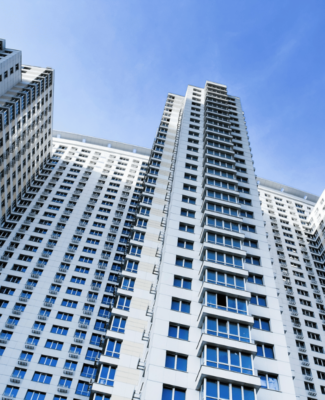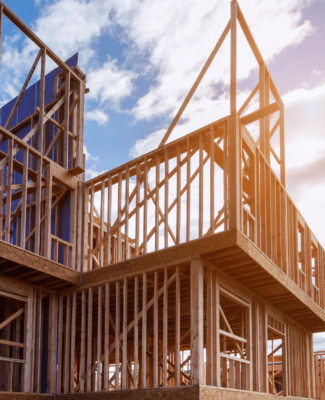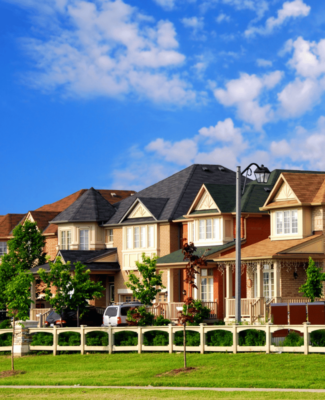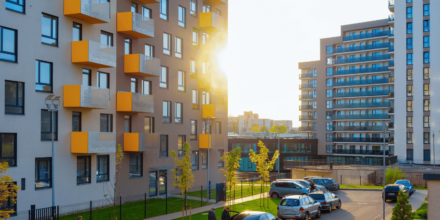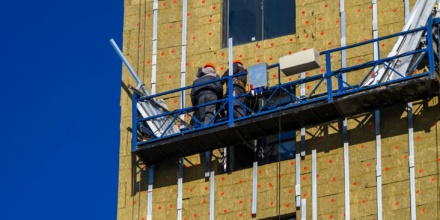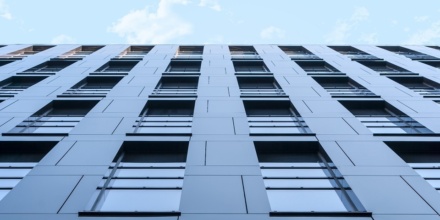The Building Safety Act 2022 is a major reform in UK construction safety, prompted by the Grenfell Tower tragedy. It introduces strict regulations to improve safety practices throughout a building’s lifecycle, affecting developers, architects, engineers, contractors, and building owners. While focused on residential Higher-Risk Buildings (HRBs), the Act impacts the entire construction process, promoting industry-wide changes that extend beyond fire safety to all aspects of building safety. The Act aims to ensure comprehensive safety from the design phase through to long-term management.
The Ultimate Guide To The Building Safety Act
Unravel the Building Safety Act with Centrick and how it is transforming industry standards for safer, more transparent buildings.
Unravel the Building Safety Act with Centrick and how it is transforming industry standards for safer, more transparent buildings.
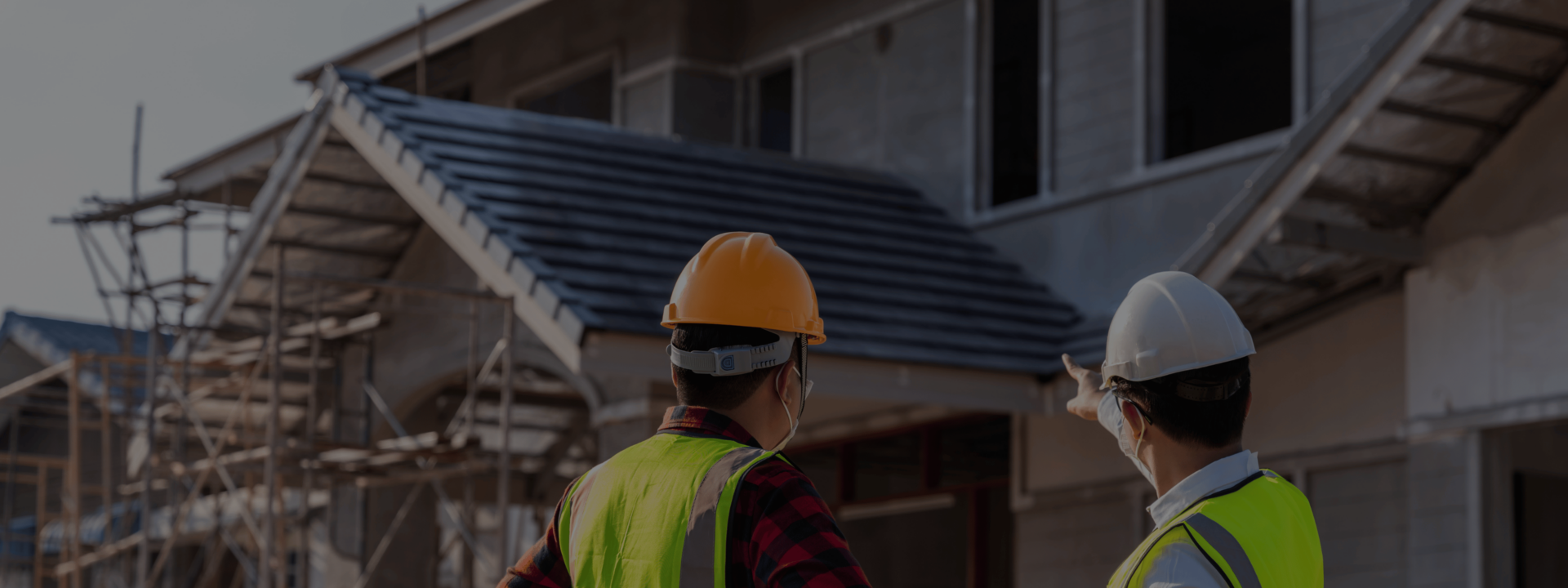
A Cornerstone In Building Safety

When Did the Building Safety Act 2022 Become Law?
The Building Safety Act 2022 became law after receiving Royal Assent in April 2022, following its introduction as a draft bill in July 2020 and its First Reading in 2021. Under this Act, all buildings within its scope had to be registered with the Building Safety Regulator by October 2023. The Higher-Risk Buildings (Key Building Information etc.) (England) Regulations 2023 defined the critical building information that needed to be submitted by 30 September 2023. For new buildings completed after 1st October 2023, a relevant completion certificate or final notice is required, and registration must occur before any residents can occupy the building.
Once registered, the Accountable Person must apply for a Building Assessment Certificate, a process that started on 1st April 2024. This process involves providing information about the reasonable steps taken to mitigate building safety risks, including a Building Safety Case Report. It is advisable to begin storing information via the golden thread sooner rather than later, as this data will be necessary for both current and future builds.
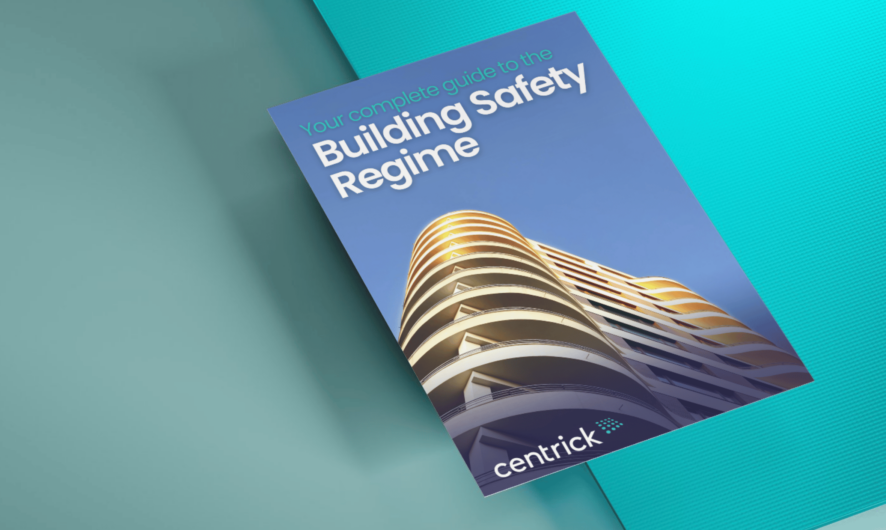
Download The Guide To The Building Safety Regime
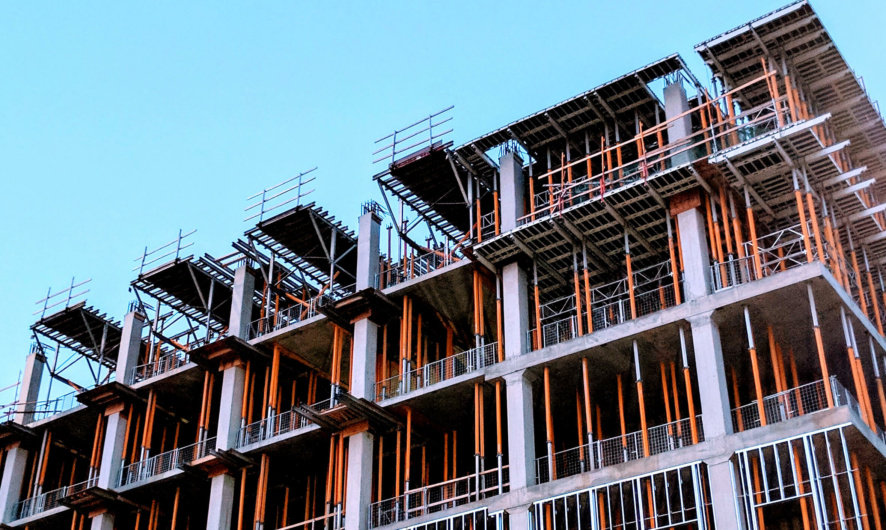
Unravelling the terminology of the Building Safety Act
Higher-Risk Buildings (HRBs)
HRBs are defined as buildings that are at least 18 meters tall or have at least seven storeys and contain at least two residential units. This includes traditional housing as well as student accommodation and other living spaces with basic amenities. During construction, the scope of HRBs extends to include care homes and hospitals that meet the height requirement, though this does not apply once these buildings are occupied.
Relevant Buildings
In addition to HRBs, the Act introduces protections for ‘relevant buildings’: residential structures in England that are over 11 meters tall or have more than five storeys and contain at least two dwellings. For these buildings, new rights and remedies have been established to safeguard leaseholders, including:
- Remediation Orders: Mandating landlords to fix safety defects.
- Remediation Contribution Orders: Requiring entities associated with the building owner to contribute to remediation costs.
- Schedule 8 Leaseholder Protections: Stopping landlords from passing the costs of cladding remediation onto leaseholders via service charges.

Building Safety Regulator and Accountable Persons
The Building Safety Act introduced two pivotal roles: the Building Safety Regulator and the Accountable Persons.
Building Safety Regulator (BSR)
The BSR oversees the safety and performance systems of all buildings, enforcing rules and implementing stricter regulations for high-risk properties. Their main functions include…
- Overseeing building safety and performance.
- Setting standards and overseeing registration for building control professionals.
- Leading the regulatory regime for HRBs, including collaborating with the Fire Service.
Accountable Persons
The Accountable Person, typically the building owner, freeholder, or management company, is responsible for ongoing safety risk assessments and must provide a Safety Case Report demonstrating how risks are being managed. In complex ownership structures, there may be multiple Accountable Persons, with one serving as the Principal Accountable Person.
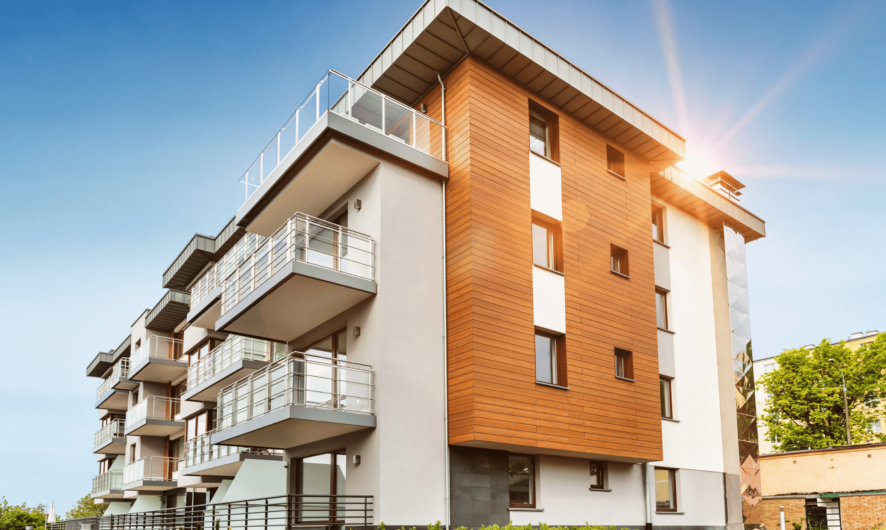
What is the new Gateway System?
A critical component of the Building Safety Act 2022 is the introduction of the “gateway” system, which ensures that safety is prioritized at every stage of a building’s development:
Gateway 1 (Design Stage): The Building Safety Regulator (BSR) reviews planning applications for relevant buildings to ensure that fire safety is adequately addressed before planning permission is granted.
Gateway 2 (Pre-Construction Stage): Construction work cannot begin until the BSR approves the building control application, verifying that the proposed design meets building regulation standards.
Gateway 3 (Completion Stage): The building cannot be occupied until the BSR confirms that it complies with all safety regulations and issues a completion certificate.
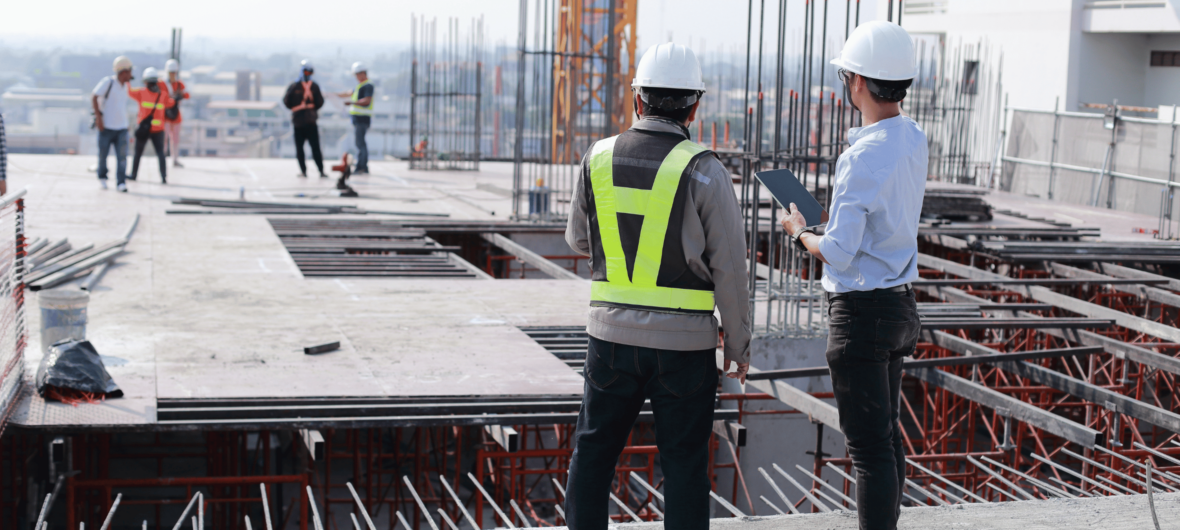
The New Homes Ombudsman
A significant role of the NHQB is overseeing the New Homes Ombudsman Service and developing a new industry code of practice known as the New Homes Quality Code.
The New Homes Ombudsman will handle complaints related to the Quality Code and provide redress for new home buyers. The government has ensured that access to the Ombudsman’s services will be free for consumers.
The New Homes Quality Code, launched in October 2022, requires developers to register with the Ombudsman as a commitment to delivering quality new homes. This registration provides purchasers with assurance about the quality of their homes. If a registered developer fails to meet these standards, the Ombudsman can enforce corrective actions. Buyers can verify a developer’s registration through an accessible list of registered developers.

What is the Building Safety Act’s Digital Golden Thread?
To enhance transparency and accountability , the Building Safety Act introduced the concept of a “digital golden thread.” Recommended by Dame Judith Hackitt, this approach ensures that comprehensive, accurate information about a building is captured digitally throughout its entire lifecycle.
This digital thread records a building’s data from the earliest design stage, through construction, occupation, and decommissioning. It provides an auditable trail of accountability, detailing which decisions were made, when, and by whom. This approach goes beyond just fire safety and impacts everyone involved in the building industry, from architects and engineers to contractors.
Key requirements for the building’s information include:
- Digital storage
- Secure maintenance
- Acting as the single source of truth
- Availability to those who need the information for their work
- Accessibility when required
- Presentation in a user-friendly format
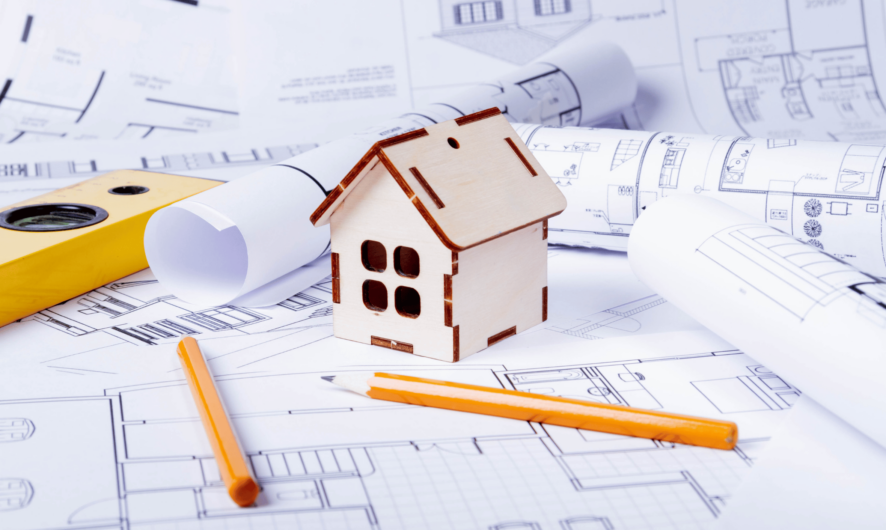
What is the New Homes Quality Board (NHQB)?
The New Homes Quality Board (NHQB) is an independent body established to raise standards across the built environment, particularly in new homes. Its primary goal is to create a framework that ensures new homes meet high-quality standards, while also providing a means for purchasers to seek redress if standards are not met.
Currently, the NHQB includes representatives from consumer bodies, the lending industry, Homes England, developers, new home warranty providers, and independent members.
The NHQB has several key responsibilities, including:
- Offering support and information to consumers and professionals.
- Maintaining a register of new home developers.
- Collecting an annual registration fee from developers.
- Disciplining and sanctioning developers who fail to meet standards.
- Reporting and publishing industry performance data.
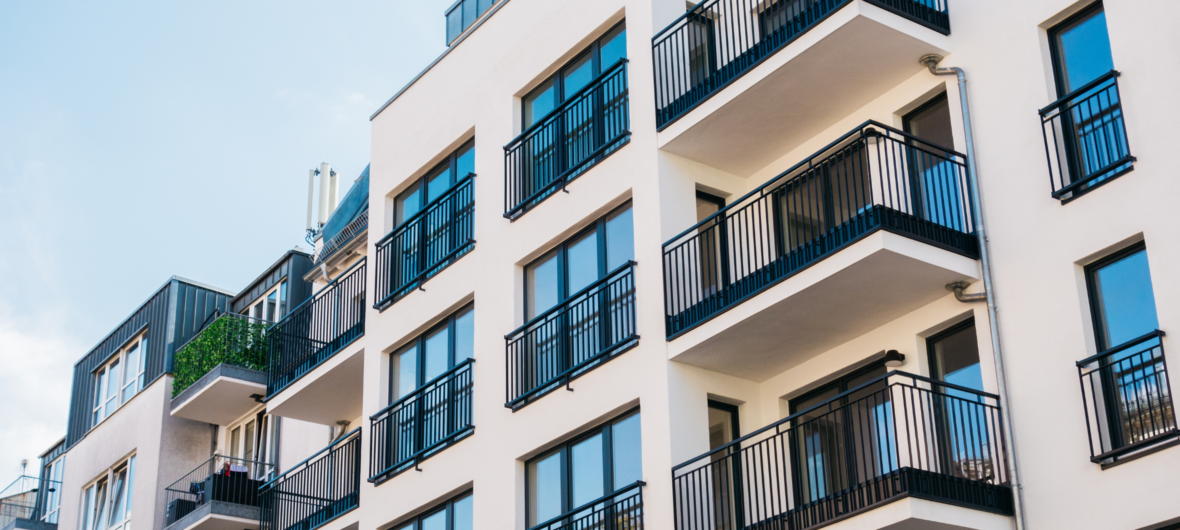
Contact Building Safety
Have any queries about the Building Safety Act 2022? Simply fill out the form to get in touch with a member of our team – we’d be happy to help you navigate the current building safety landscape.
